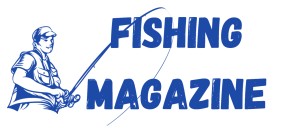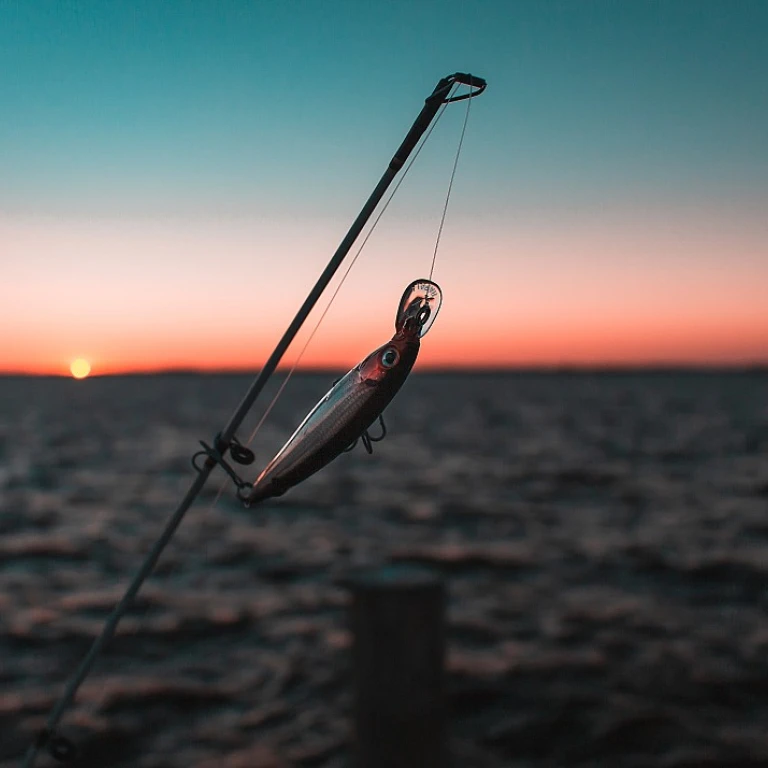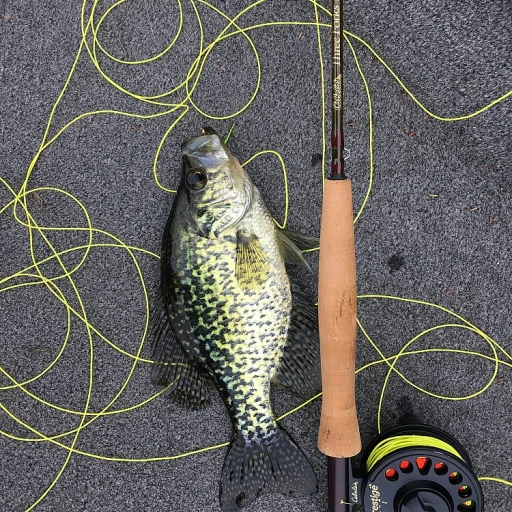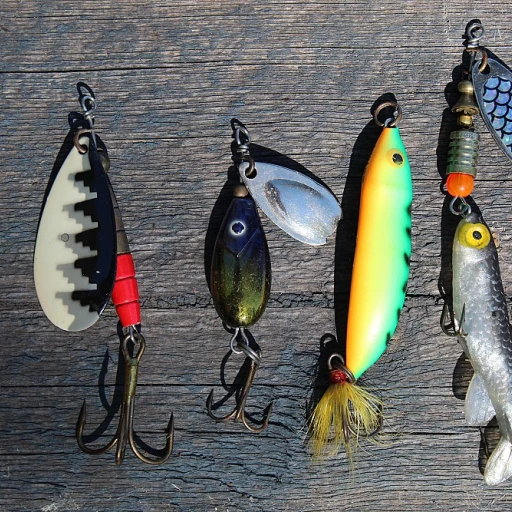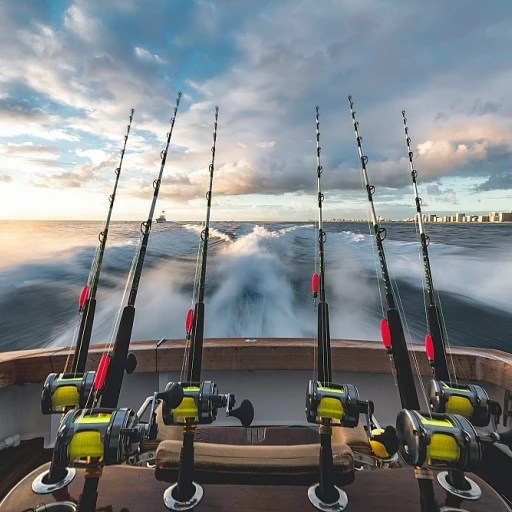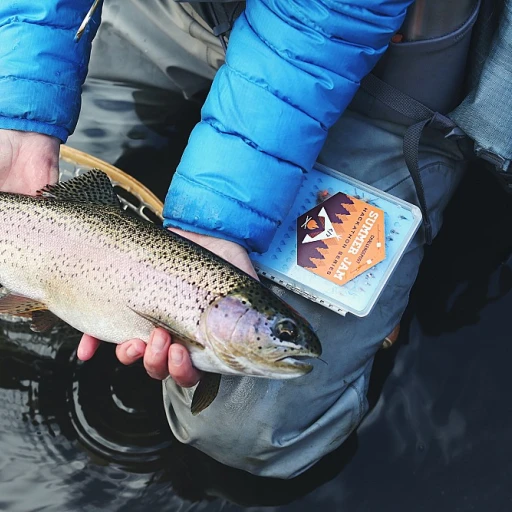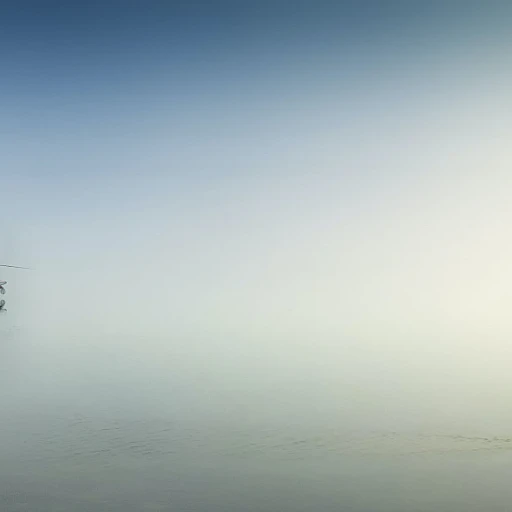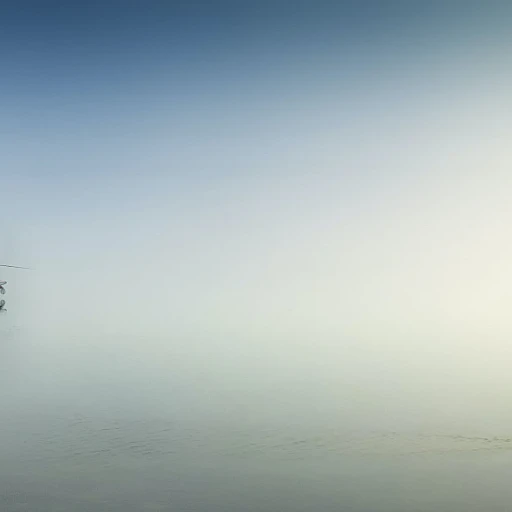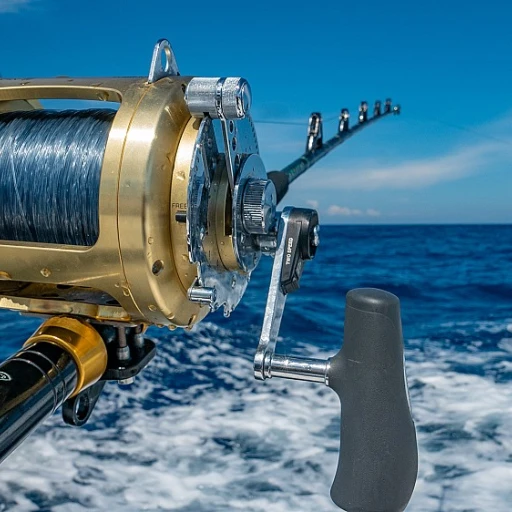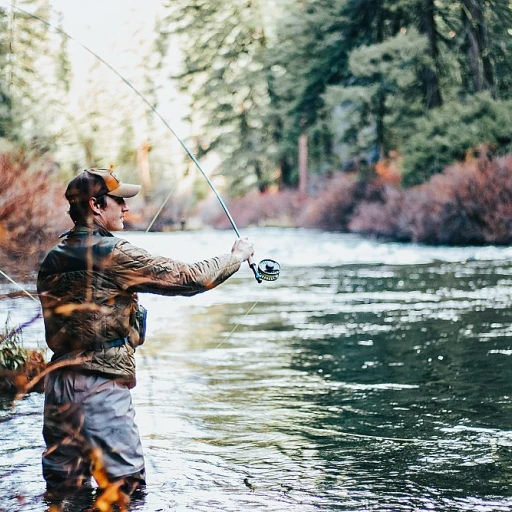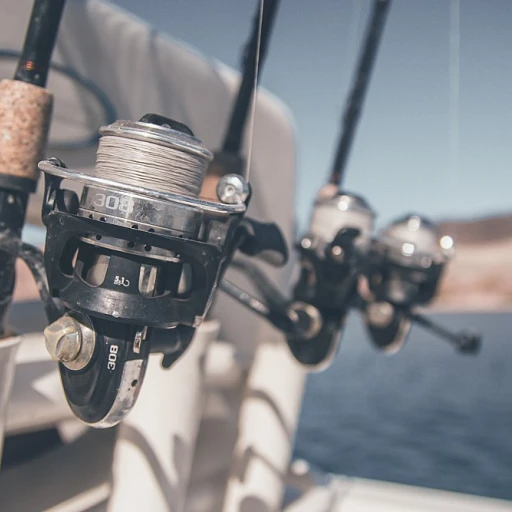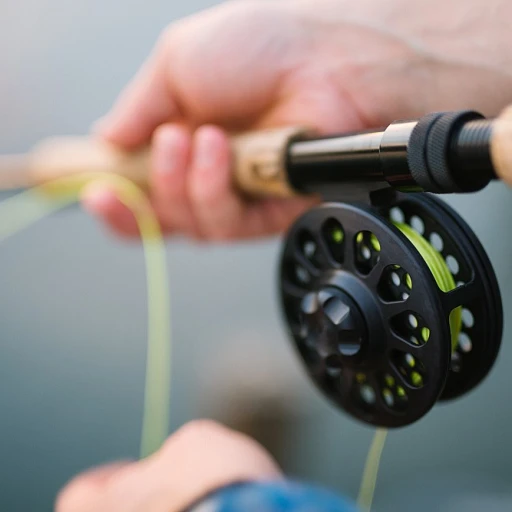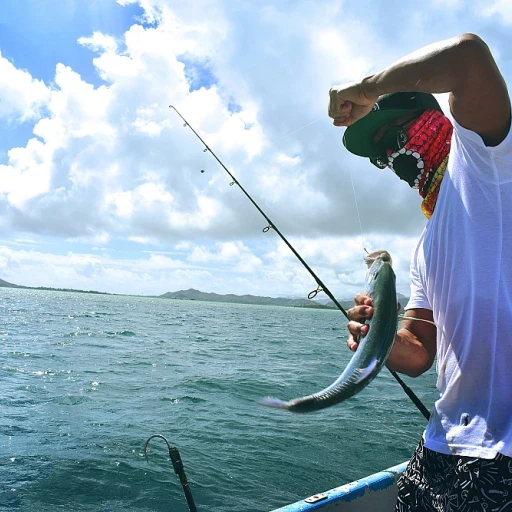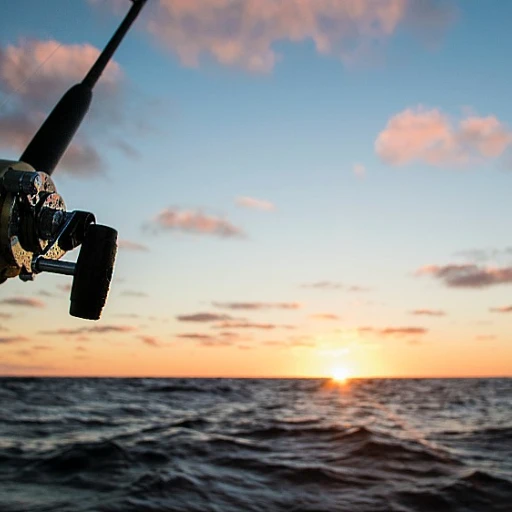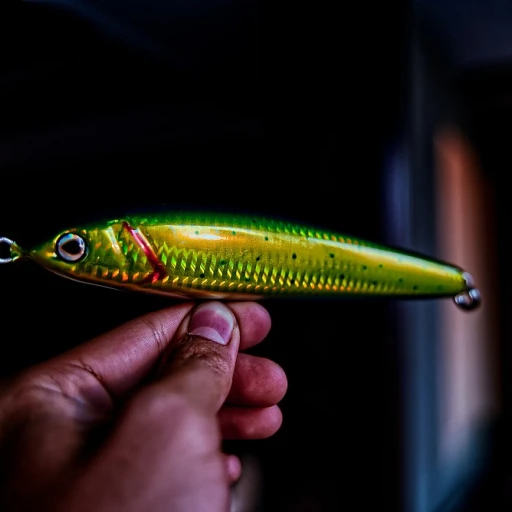
Understanding Hackle Feathers
Understanding the intricacies of hackle feathers is a vital part of mastering fly tying. These feathers, particularly from a rooster, are cherished for their unique attributes that significantly enhance the fly's effectiveness. The right hackle, such as a saddle hackle, is pivotal in crafting a well-balanced fly, especially when tying a dry fly. When choosing between soft and natural rooster feathers, understanding the various grades—like whiting bronze—can elevate your fly tying to new levels. Not all feathers are created equal. The choice between regular and white dyed feathers can depend on the specific fishing setting. Opt for high-grade feathers to ensure longevity and quality, which can influence whether you pay a regular price or scoop a sale price. Opting for lower grade options may decrease a fly's success rate. Whether buying in unit or loose rooster format, quality often dictates price per unit. The impact of quality hackle on your fly fishing cannot be understated. From the sheen and stiffness of the feathers to their optimal coloration and consistency, these elements come together to craft irresistible flies. For more insights and tips, explore this article on mastering the art of fly fishing.Selecting the Right Hackle Feathers
Choosing Superior Quality for the Best Results
When selecting hackle feathers for your fly tying endeavors, it's essential to understand the differences in quality, which directly affect both aesthetics and performance in fly fishing. Rooster hackle and saddle hackle are particularly prized options, known for their longer, more uniform feathers which are perfect for crafting effective dry flies.
A balanced evaluation of price and quality is critical. While the regular price might vary across sellers, investing in higher-grade options like whiting bronze or natural rooster feathers assures durability and effectiveness in fly tying. Such quality feathers can better mimic the natural movement in water, enhancing your chances of a successful catch.
Additionally, discerning between natural and dyed feathers is crucial. While natural shades offer authenticity, white dyed or red variants can be more visible in certain conditions, providing strategic advantages depending on the fishing environment.
Buying tips include watching for sales or discounts on particular units or grades, which can significantly lower the price point, making superior feathers more accessible without compromising quality. Choices here range from regular saddle hackle options to loose rooster feathers, each with a unique application in crafting your flies.
If you're looking to hone your selection skills and further explore the intricacies of fly tying, consider delving into the mastering techniques of fly tying for an enhanced fly fishing experience. Understanding the nuances in feather selection will improve not just your tying craft but also fishing success overall.
The Art of Fly Tying
Mastering the Craft of Fly Tying With Hackle Feathers
Fly tying is both an art and a science. It requires a meaningful balance of creativity, precision, and understanding of natural principles. Hackle feathers play a pivotal role in this artistic process, especially in the creation of dry flies. Their unique properties allow the fly to mimic the movement and appearance of natural insects on the water surface, an essential element of a successful fly. Choosing between rooster hackle, saddle hackle, and other variations like whiting bronze or white dyed feathers can depend on your specific needs and preferences. Rooster hackle is often celebrated for its stiffness and length, providing excellent buoyancy essential for dry flies. On the other hand, saddle hackle offers a range of sizes from a single saddle, making them versatile for different fly patterns. Fly tying isn't just about aesthetics, though it does require a good eye for detail. The right mix of materials, including natural rooster feathers or red dyed selections, can significantly impact how your fly performs. Regular attention on features like the natural sheen of the feathers and grades—be it regular or loose rooster—ensures that your flies are in the top performance category. Unit price or sale price per feather can also vary depending on the grade ranging from regular price to price sale events. It's often advisable to purchase grades like whiting for their track record in offering consistent quality. For insights on optimizing your fly tying experience and increasing your fishing success, consider broadening your understanding through resources like insights from experienced ocean explorers. Fly tying embraces not just the application of hackle feathers but the whole spectrum of tools available to the modern angler.Impact on Fishing Success
Elevating Your Fly Fishing Game
When it comes to fly fishing, the quality of your flies can significantly affect your success on the water. The feathers you choose for tying your flies can determine whether you're consistently landing fish or struggling to get a bite. Hackle feathers, particularly those from roosters, are prized for their ability to mimic the delicate appearance and movement of natural insects that fish find irresistible. The right choice of hackle feathers contributes to the buoyancy and balance of dry flies. This is crucial for keeping them afloat on the water's surface, making them appear more realistic to the fish below. For example, a Whiting Bronze saddle hackle or soft hackle feathers can make a considerable difference, as they come in various grades and colors such as natural, white dyed, and red. It's not just about aesthetic appeal. The quality and type of hackle, whether from a saddle or loose rooster, will also influence the fly's durability and effectiveness. Consider factors such as the feather's stem flexibility and barb density which affect how your fly performs in the water. Price variations exist depending on several factors, including whether the feathers are on sale or at regular price, with unit prices reflecting the specific attributes and quality of each feather type. Whether you are purchasing them at a price sale or regular price, investing in high-quality hackle feathers ultimately pays off in the long run by enhancing your overall fly fishing experience.Caring for Your Hackle Feathers
Preserving Your Investment
When you invest in quality hackle feathers, such as those from a reputable brand like Whiting, it's essential to care for them properly to ensure they last. Whether you're working with natural rooster feathers or dyed options, proper storage and handling can significantly extend their lifespan.
Storage Tips
- Keep Dry: Moisture can damage feathers, so store them in a dry place. Consider using silica gel packets to absorb any excess moisture.
- Avoid Direct Sunlight: Prolonged exposure to sunlight can fade the vibrant colors of your dyed feathers, such as white dyed or red options.
- Use Protective Containers: Store your feathers in containers that prevent crushing and bending. This is particularly important for delicate saddle hackles and soft hackles.
Handling with Care
When tying flies, handle your hackle feathers gently to avoid damaging the barbs. Using tools designed for fly tying can help maintain the integrity of the feathers, ensuring your dry flies and other creations look their best.
Regular Maintenance
Inspect your feathers regularly for signs of wear or damage. If you notice any issues, consider replacing them with new units to maintain the quality of your fly tying. Keeping an eye on the regular price and sale price of feathers can help you find deals on replacements.
By taking these steps, you can ensure that your investment in hackle feathers continues to enhance your fly fishing experience, whether you're using loose rooster feathers or a full saddle hackle.
Where to Buy Quality Hackle Feathers
Finding the Best Sources for Quality Hackle Feathers
When it comes to purchasing quality hackle feathers for your fly tying endeavors, knowing where to shop can make a significant difference in both the quality of your flies and your overall fishing success. Here are some tips to guide you in finding the best sources:
- Specialty Fly Shops: These shops often carry a wide range of hackle feathers, including rooster and saddle hackles. They offer both natural and dyed options, ensuring you have the right feathers for your dry fly or soft hackle patterns. While prices may vary, the expertise of the staff can help you select the right grade and type for your needs.
- Online Retailers: Websites dedicated to fly fishing and tying often have a vast selection of hackle feathers. Look for retailers that provide detailed descriptions and images, so you know exactly what you're purchasing. Pay attention to the unit price and any available sales to get the best deal.
- Whiting Farms: Known for their high-quality hackle feathers, Whiting offers a range of products from bronze grade to more affordable options. Their feathers are available in both natural and dyed colors, such as white dyed or red, catering to various fly tying needs.
- Local Fishing Clubs: Joining a local fishing club can be a great way to connect with other fly tyers who might have recommendations for where to buy quality feathers. They may also have sales or swaps where you can purchase feathers at a lower price.
Remember, investing in quality hackle feathers can enhance your fly tying skills and improve your fishing success. Whether you choose to buy from a local shop or an online retailer, ensure you're getting the best value by comparing regular and sale prices. Happy tying!
